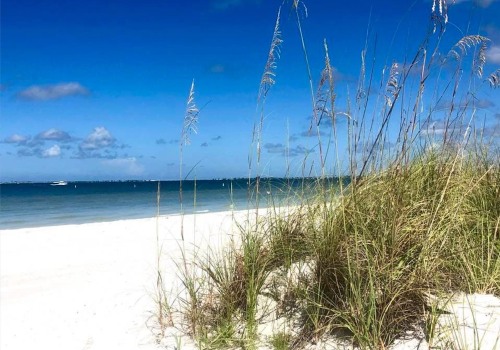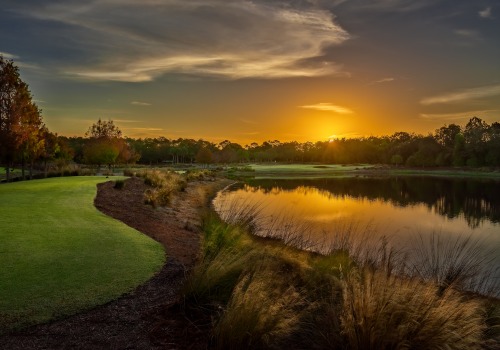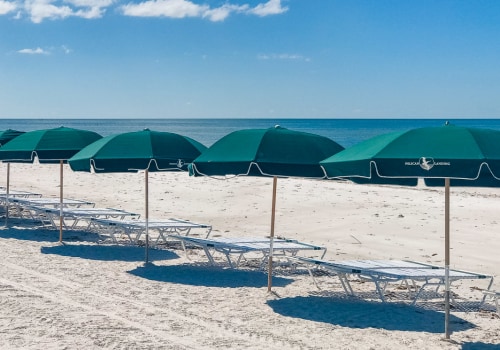As an expert in tourism in Lee County, Florida, I am often asked about the historical sites that visitors can explore in this beautiful region. Located on the southwest coast of Florida, Lee County is renowned for its stunning beaches, vibrant wildlife, and diverse cultural attractions. But what many people don't know is that this area also has a rich history that dates back thousands of years. The Calusa people were the first inhabitants of Lee County.
This Native American tribe lived in the area for thousands of years and left behind a fascinating legacy. Visitors can learn about the Calusa culture at the Calusa Heritage Trail in Pineland, which features a recreated Calusa village and archaeological exhibits. The Mound Key Archaeological State Park is another must-visit site for those interested in the Calusa people. This island was once the capital of the Calusa kingdom and is now a protected archaeological site.
Visitors can take a boat tour to explore the mounds and learn about the history of this ancient civilization. In 1513, Spanish explorer Juan Ponce de León landed on the shores of what is now Lee County. He named the area "La Florida" and claimed it for Spain. Over the next few centuries, Lee County was visited by many other explorers, including Hernando de Soto and Pedro Menéndez de Avilés. One of the most significant historical sites related to these early explorers is Sanibel Island.
This barrier island was once home to a thriving Calusa community and later became a popular spot for Spanish explorers to stop and rest. Today, visitors can explore the Sanibel Historical Museum and Village, which features a collection of historic buildings and artifacts from the island's past. In the early 19th century, Lee County was the site of several conflicts between the Seminole tribe and the United States government. These conflicts, known as the Seminole Wars, were fought over control of the land and resources in Florida. One of the most significant battles of the Second Seminole War took place in what is now Fort Myers.
The Seminole War Fort is a reconstructed fort that was used by the U. S. Army during this conflict. Visitors can tour the fort and learn about the history of the Seminole Wars. In the late 19th century, Lee County began to see significant growth as more people moved to the area.
The arrival of the railroad in 1886 and the construction of a bridge to Sanibel Island in 1928 helped to boost tourism and development in the region. One of the most iconic landmarks in Lee County is the Edison and Ford Winter Estates. These historic homes were once owned by Thomas Edison and Henry Ford, who were both drawn to the area for its warm climate and natural beauty. Visitors can tour the homes and gardens and learn about the lives of these famous inventors. Today, Lee County continues to be a popular destination for tourists from around the world.
In addition to its beautiful beaches and outdoor activities, visitors can also explore a variety of cultural attractions that showcase its history. The Southwest Florida Museum of History in Fort Myers is a great place to start. This museum features exhibits on the Calusa people, Seminole Wars, and growth of Lee County. It also has a replica of a pioneer "cracker" house and a vintage post office. Another must-visit site is the Sanibel Lighthouse and Museum.
This historic lighthouse was built in 1884 and is still in operation today. Visitors can climb to its top for stunning views of Gulf of Mexico and learn about its history and keepers. Thanks to efforts from local organizations and government agencies, many historical sites in Lee County have been preserved for future generations to enjoy. These sites not only offer a glimpse into past but also help educate visitors about diverse cultures and events that have shaped this region. Whether you are interested in Native American history, early explorers or more recent developments, there is something for everyone to explore in Lee County.
So next time you plan a trip to this beautiful part of Florida, be sure to set aside some time to discover its rich history.



